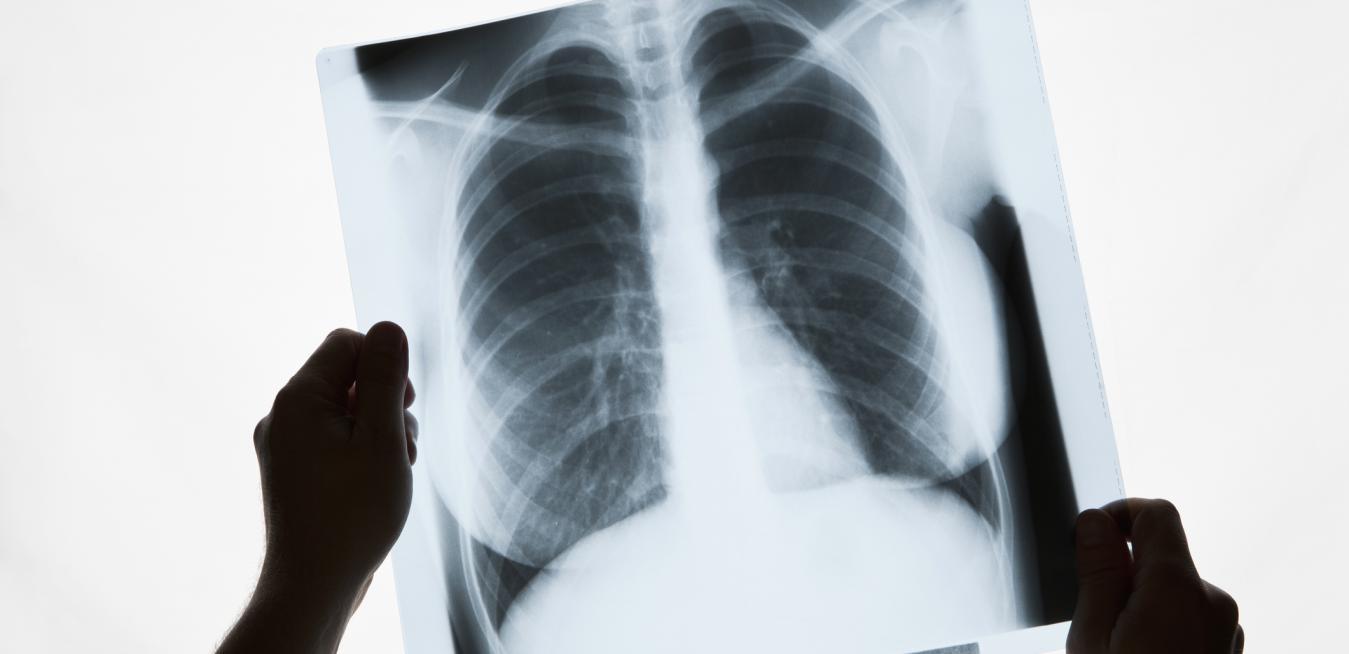SMART THINKING
The University of Oxford’s Jenner Institute has been one of the leading players in the global race to develop a vaccine against the coronavirus. But it’s not the only part of the British university in the fight. Oxford is also home to the National Consortium of Intelligent Medical Imaging (NCIMI), which is studying how artificial intelligence could help the diagnosis and treatment of one of COVID-19’s main complications: pneumonia. Working together with GE Healthcare, NCIMI seeks to devise software tools that can analyze data to help predict patients at risk of developing severe COVID-related respiratory distress. Oxford radiology professor Fergus Gleeson said, “We hope to develop a simple, mathematical prediction model for COVID-19 pneumonia to determine how well patients will do.”
Numbers crunchers: Some patients presenting with COVID-related pneumonia could be sent to recover at home, while others may need to be admitted to the intensive care unit. The trouble for doctors is that it’s not always easy to determine which is which. That’s where the software comes in: Trained on mountains of imaging, biological and hematological data, the algorithms under development are meant to help physicians diagnose, triage and treat patients with more speed and accuracy, once they’ve input data points like blood oxygen level and ECG reading. It’s not the only project underway that aims to harness computing firepower against COVID-19: Across the English Channel, GE Healthcare is collaborating with a Paris hospital on a project to collect and analyze thoracic CT scans from 10,000 patients, in hopes of gleaning insights into why some patients develop a more severe form of COVID-19 than others.
Learn more about both initiatives here.
BRANDT’S NEW TURBINE
Don Brandt’s fascination with engines dates back at least as far as the Korean War — when, as a member of the U.S. Marines, he drove himself crazy trying to fix a fleet of wonky tanks. He never quite nailed it, but after leaving the military Brandt channeled that curiosity into an engineering career. Landing at GE Power, he poured his passion into gas turbines, particularly to a project that would be known as the F class of turbines. In the turbine business, higher temperatures mean greater efficiency — and Brandt, who became known throughout GE for his engineering acumen, wanted to push these machines hotter than ever before.
All in the family: The largest of the F class turbine, known as the 7F turbine, just celebrated its 30th anniversary. When Brandt and his team started pursuing the ambitious project, even his boss wasn’t sure they could do it. But the 7F is now regarded as one of the most successful gas turbines ever made, with nearly 1,000 in operation around the world today, providing power to millions of homes and businesses. Part of the 7F’s success relates to the effects it introduced in the industry: Natural gas usage has increased over the last 15 years, while coal consumption has steadily declined. Power producers now demand higher efficiency from their turbines, which ultimately has helped reduce emissions. In fact, GE’s latest gas turbines from the HA line build upon the work of Brandt and his team. They reached new levels of performance and secured world records for efficiency. As for Brandt, who’s now 88 years old, the gas turbines he would so successfully develop are his life’s second-biggest passion, he told GE Reports: “Followed only after my great-grandchildren.”
Learn more here about the “father of the F-class gas turbine.”
COOLEST THINGS ON EARTH ?
1. A Mighty Disinfectant
Researchers in Massachusetts designed a robot that uses short-wavelength ultraviolet light to neutralize the coronavirus in large spaces, starting with the Greater Boston Food Bank.
2. Disposal Service
Yale School of Medicine developed an innovative method that lets them see, for the first time, what happens when a single brain cell dies — which might help scientists better understand the processes behind aging and neurodegenerative disorders.
3. ‘Cosmic Lighthouses’
NASA scientists are working on a new kind of GPS — that is, galactic positioning system — that uses the rotating neutron stars called pulsars as beacons.
Read more here about this week’s Coolest Things on Earth.
— QUOTE OF THE DAY —
“The thing that really pleases me is that we collectively worked to make the world a better place.”
— Don Brandt, retired chief engineer for power at GE Power
Quote: GE Reports. Images: Getty Images.





